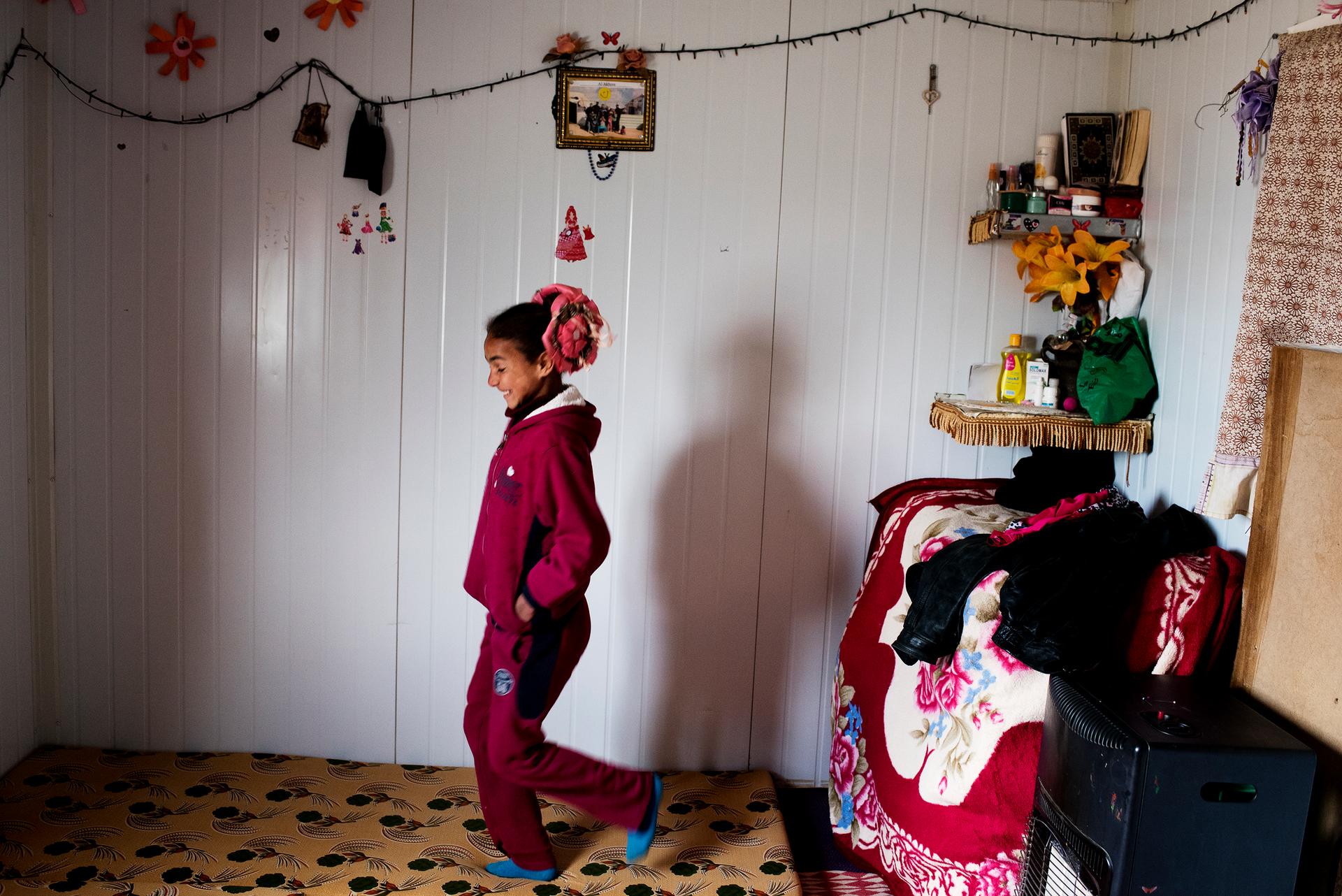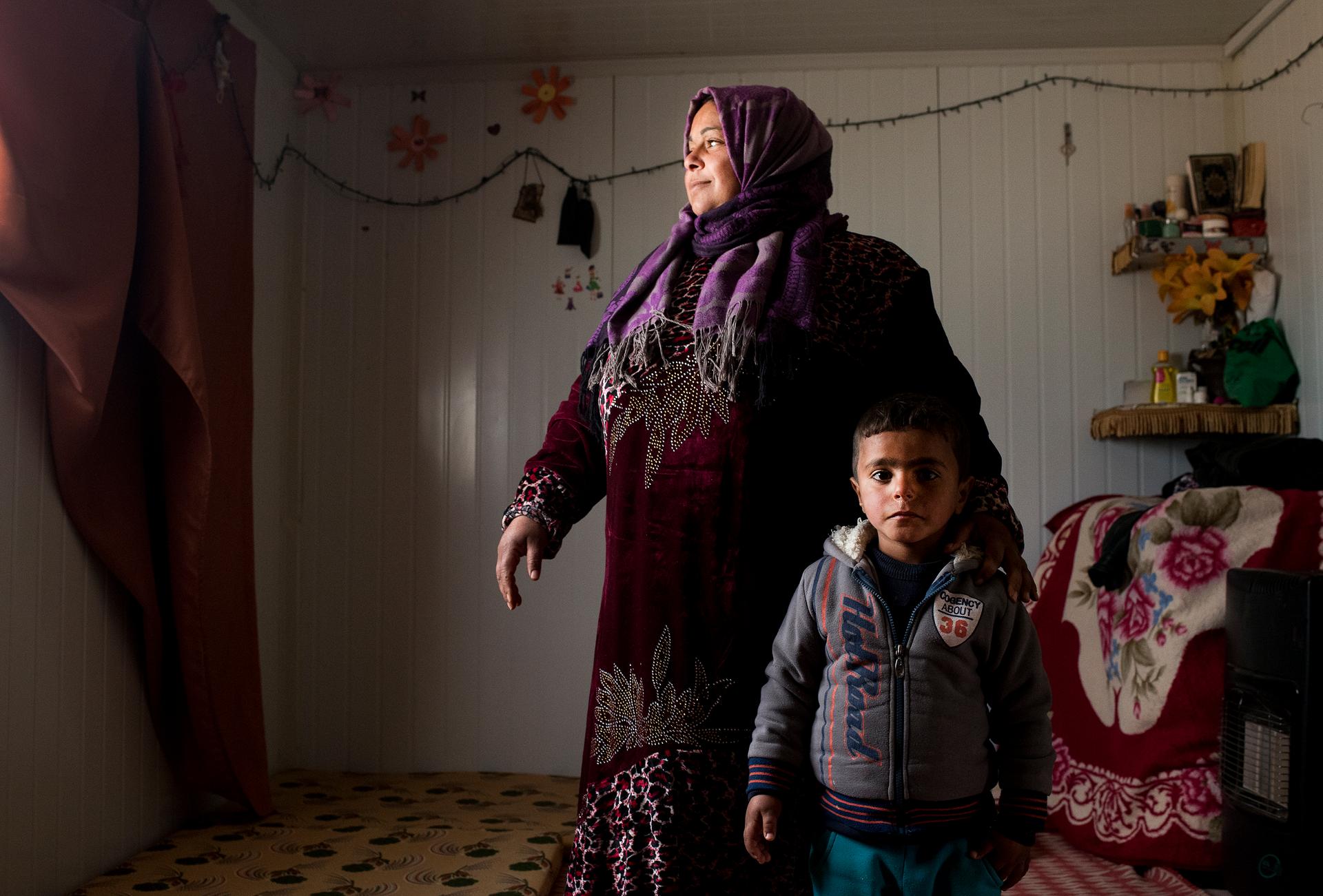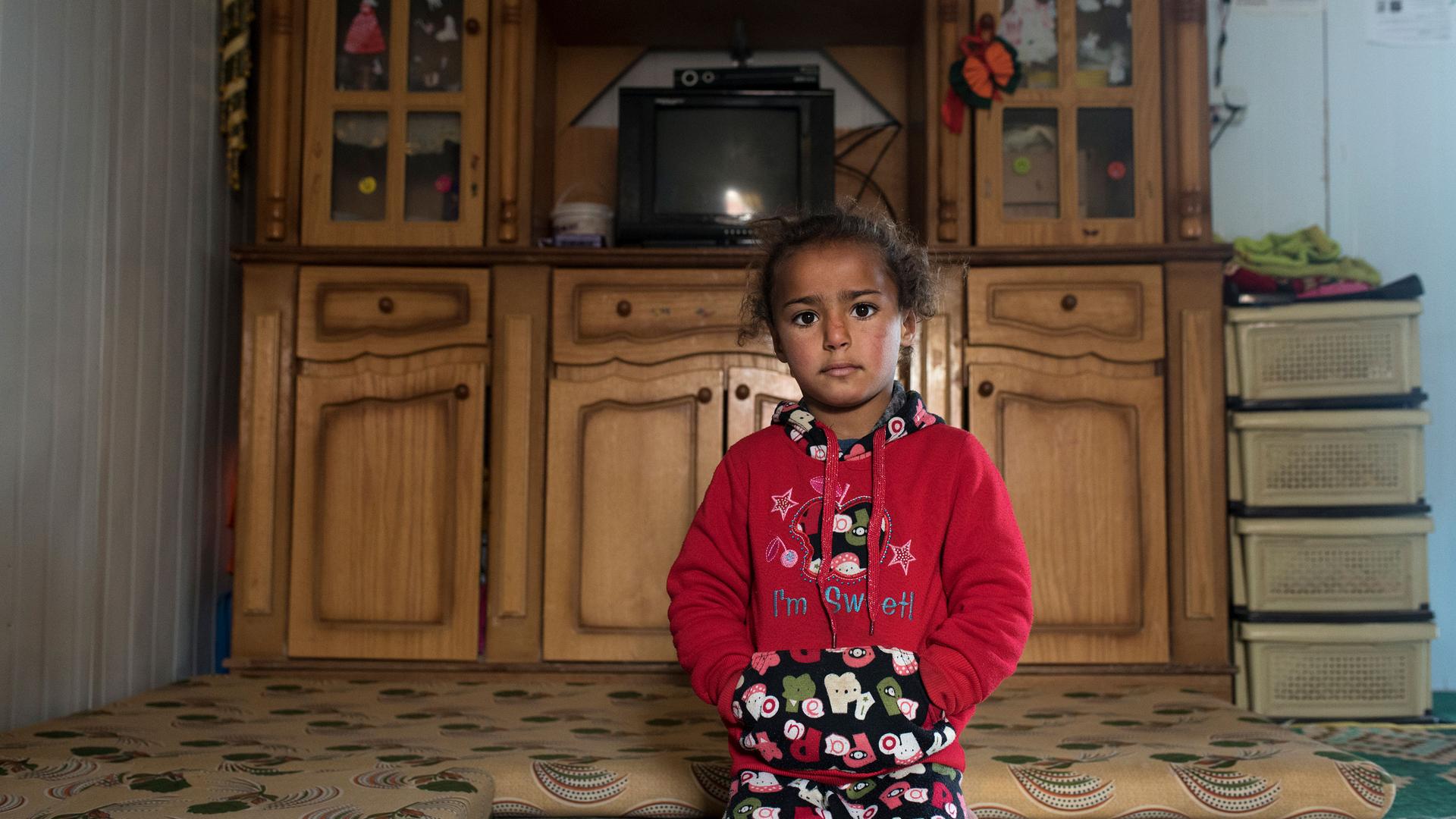Um Ala's youngest daughter Hala sits in the family's metal shelter in Jordan's Zaatari refugee camp. Barely a year old when they left Syria, she doesn't remember the family's farm in Daraa's countryside.
A sign outside of the maternity clinic at the Zaatari refugee camp in Jordan tells you at any moment how many babies have been born at the camp. You can’t miss it.
The number updates with every single birth.
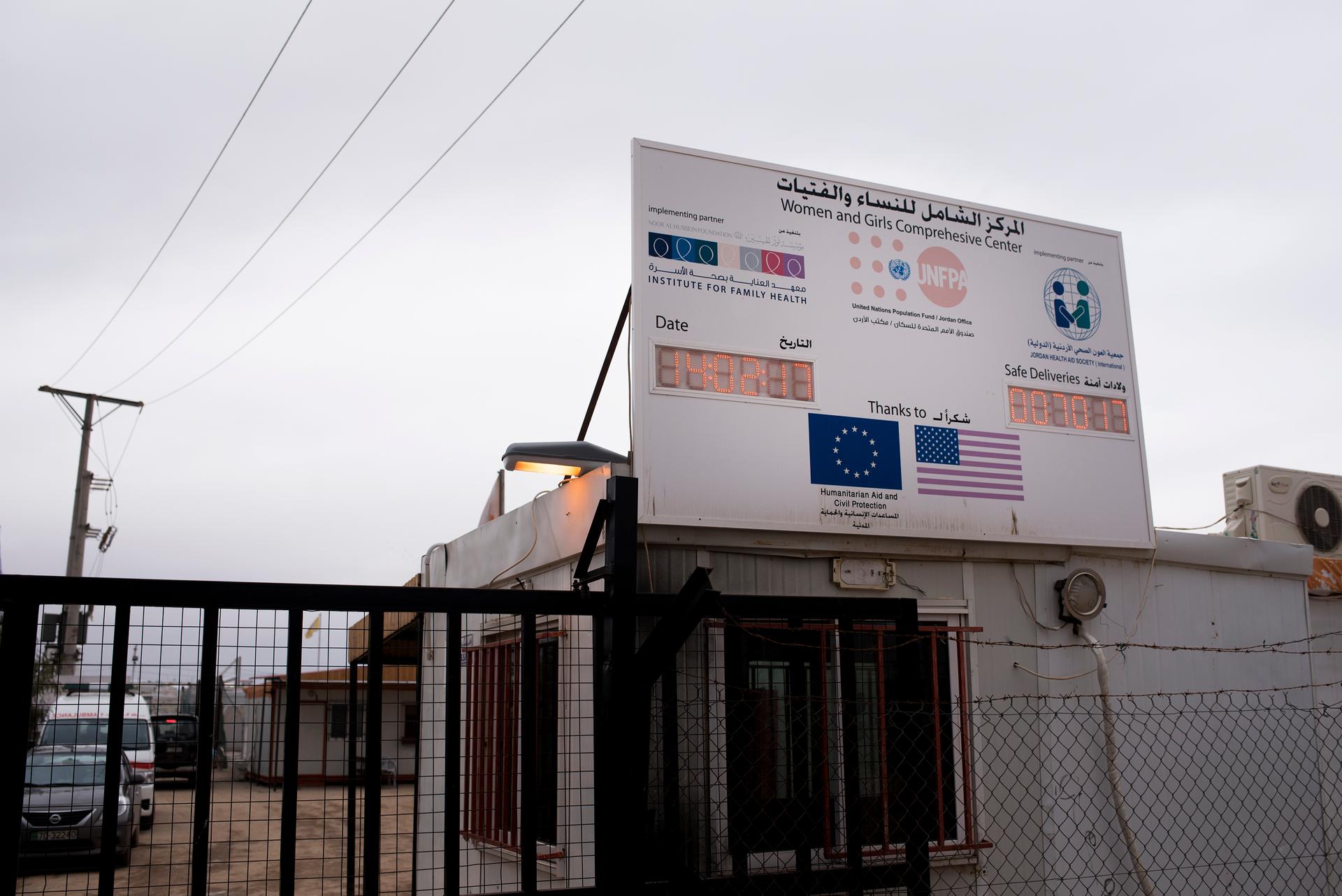
The day we visited, that number read 7,017. That’s more than 7,000 babies born in Zaatari over the past five years that the camp has been in operation. And, the camp itself is large, home to almost 80,000 people, according to the United Nations.
So, we had a question — all these babies are born outside of Syria in a refugee camp — what do the parents tell their kids about their home? How do families describe what’s happening in Syria to children who only know the day-to-day life of Zaatari.
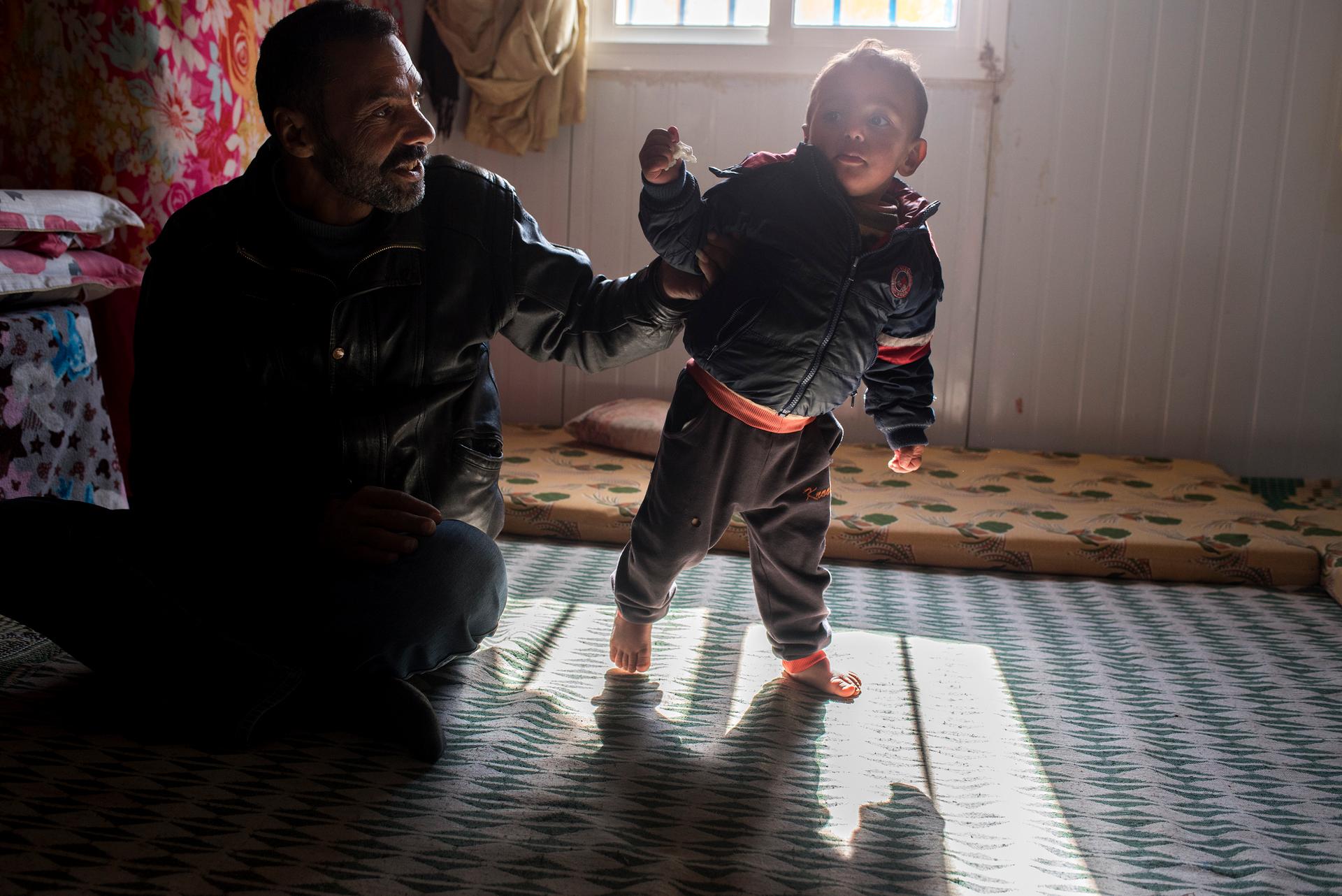
One of the major themes that we found was that these families really wanted their kids to have a very strong sense of Syrian identity, regardless of whether they’ve actually seen their homeland.
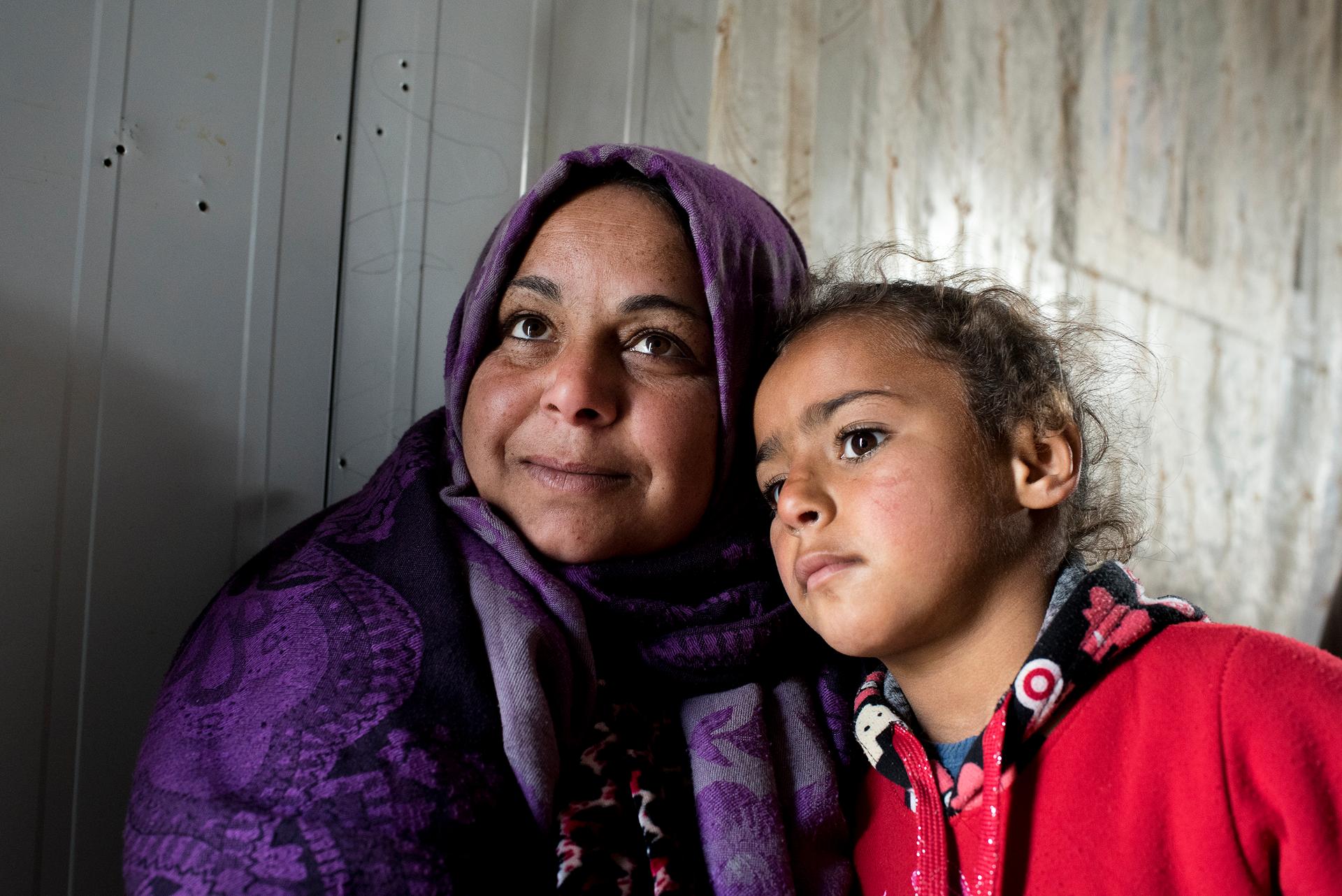
We met one woman who showed her kids pictures of their farm and the house they left behind. Many use photos of family members to help provide a sense of home.
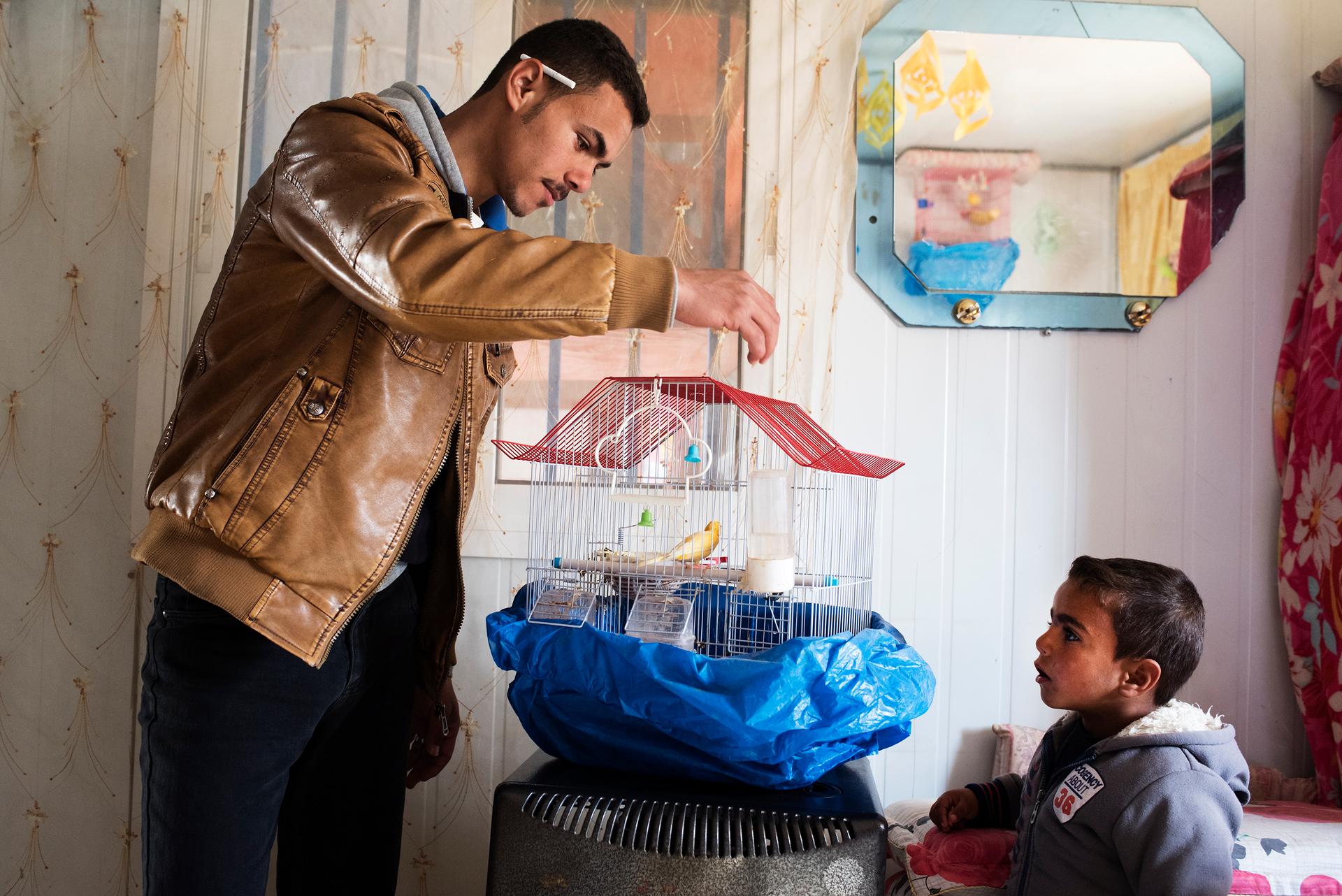
Related: Take a peek inside a maternity ward at the Zaatari refugee camp in Jordan
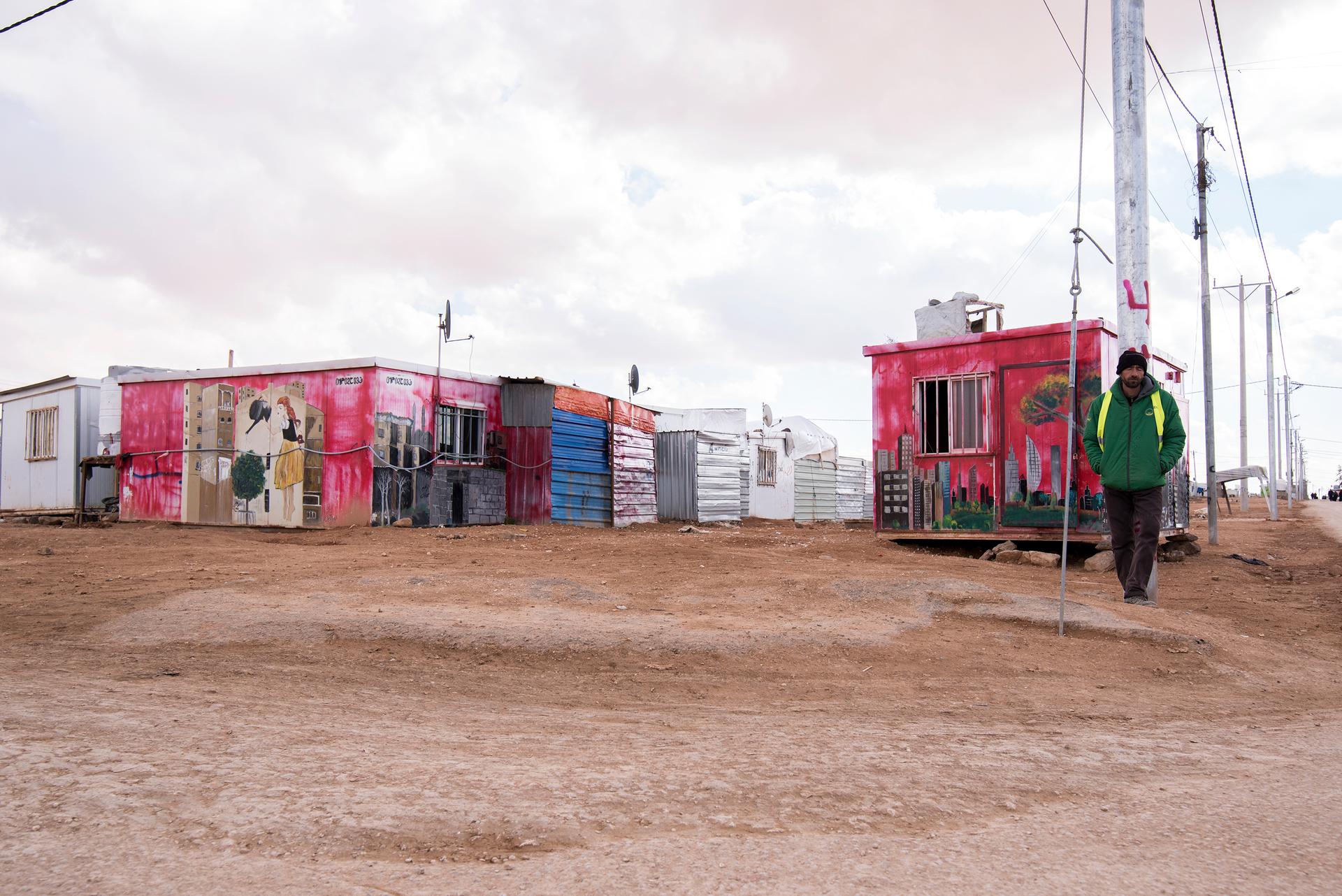
We met other people who talked a lot about making sure their kids knew that this conflict — as one father put it — was started by brave people that maybe thought they were doing the right thing at the time.
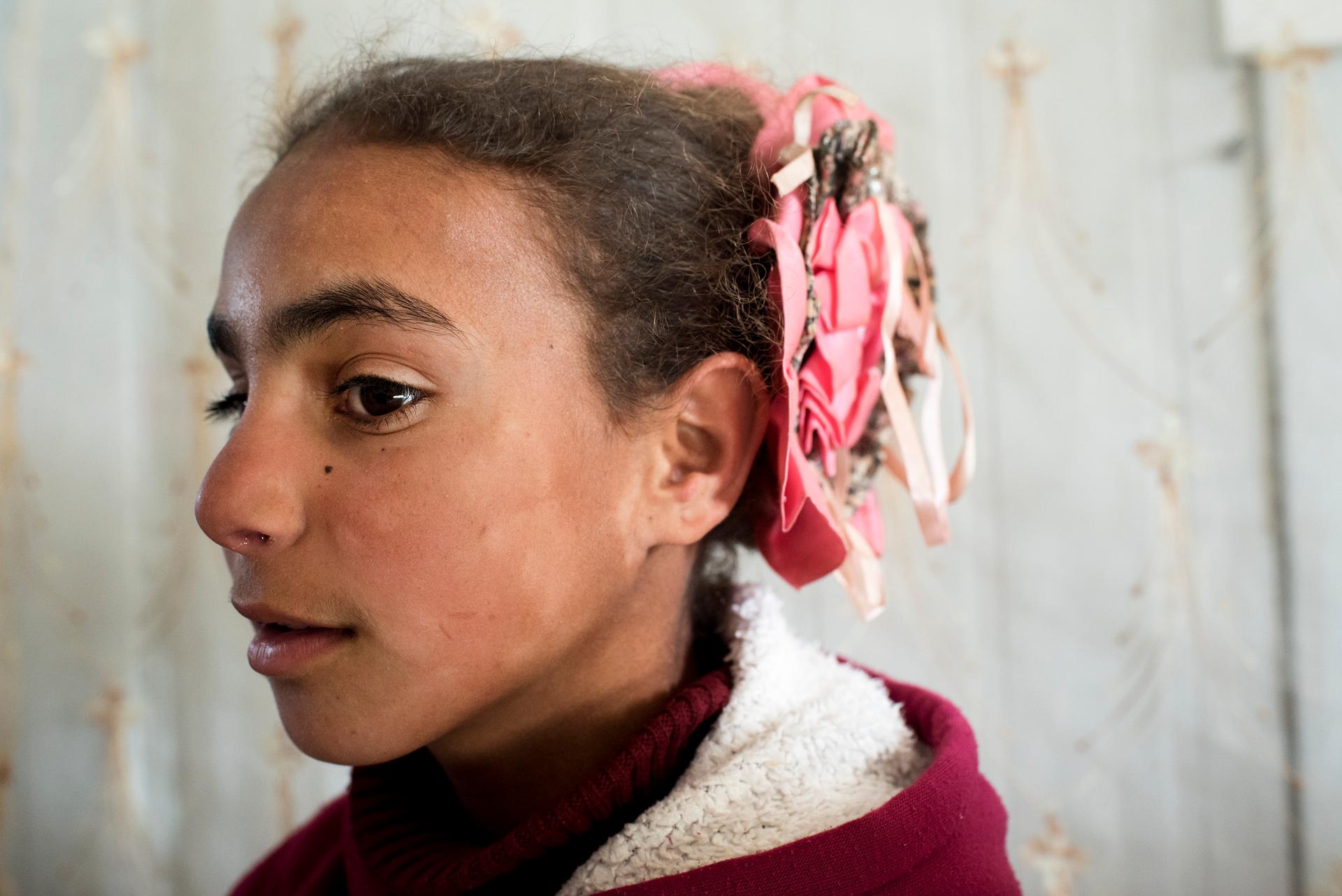
The parents we spoke to all want their kids to remember Syria, but they also hope their kids will have a future — of any sort. They want their kids to grow up without conflict and have the opportunity to go to school. To live a normal life.
